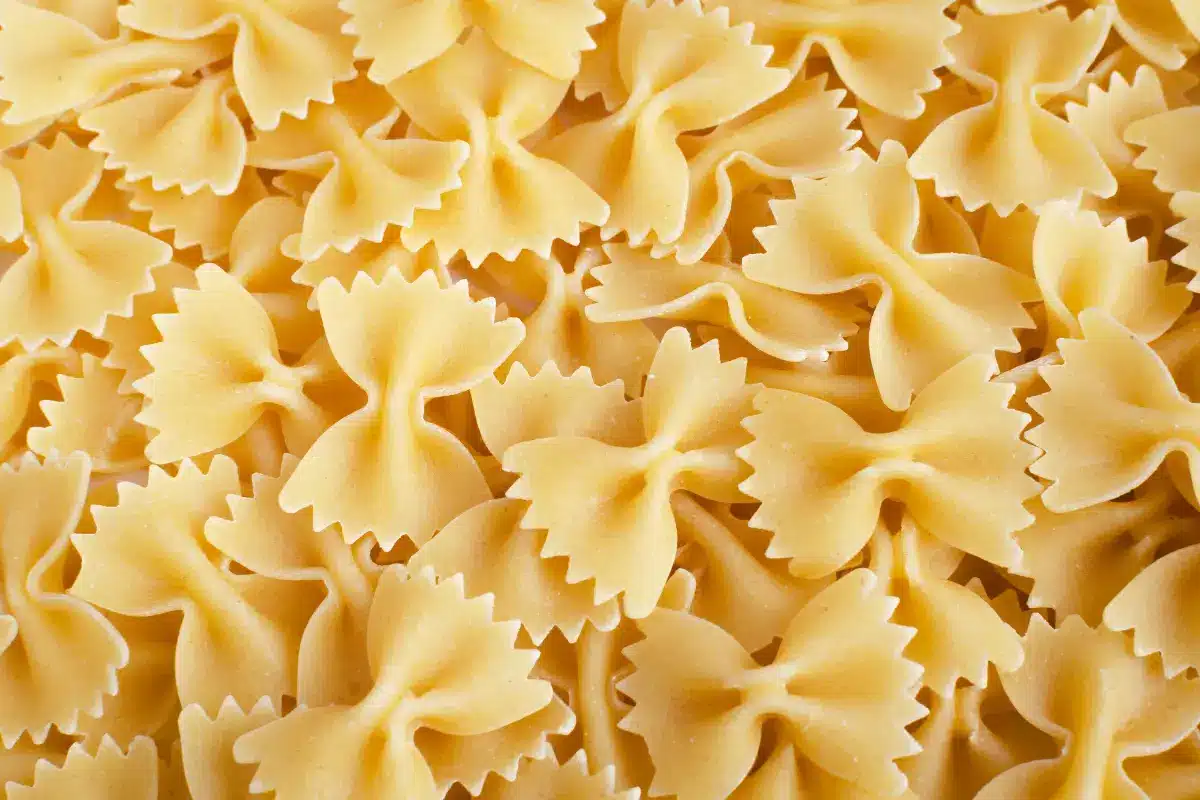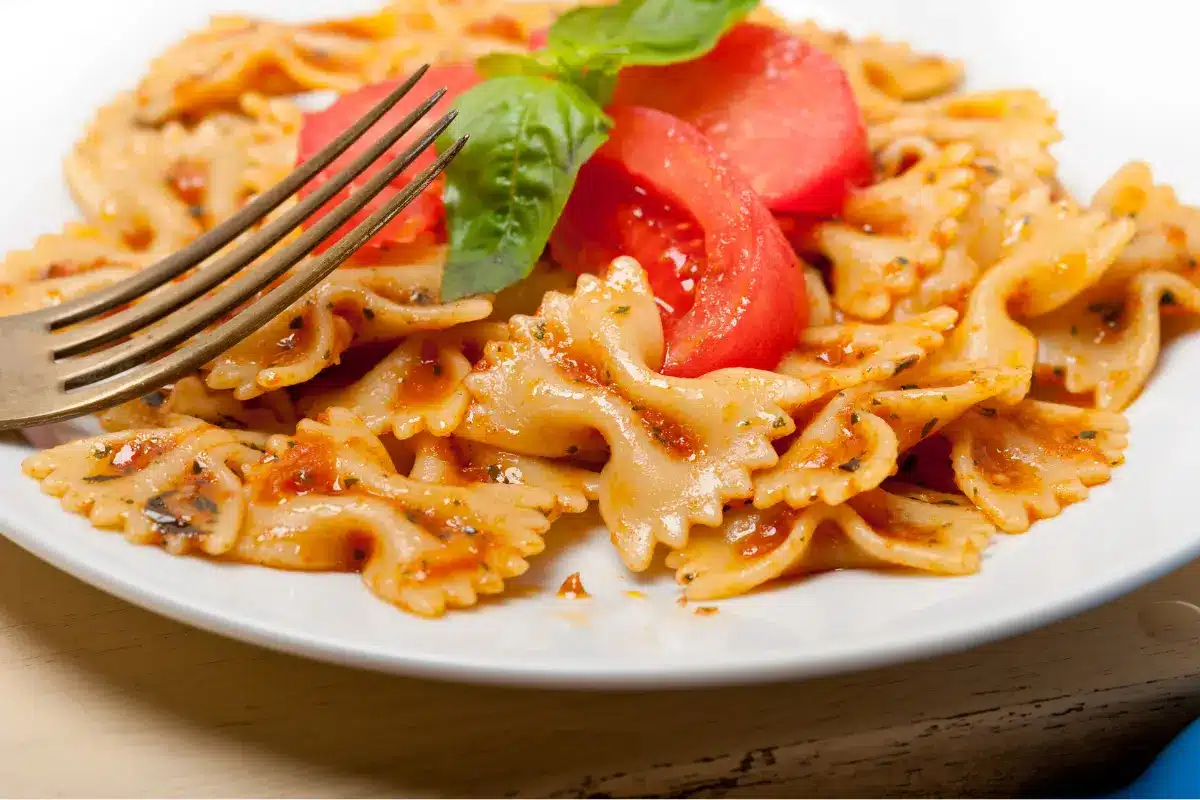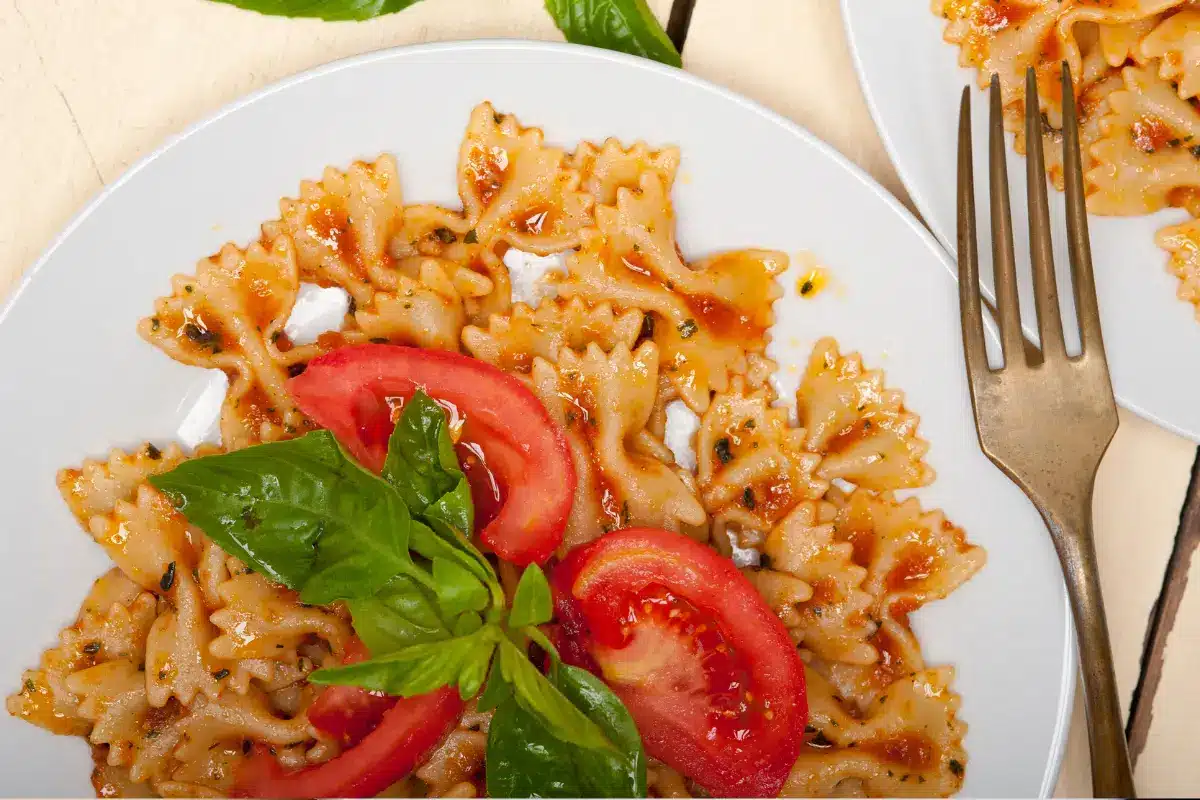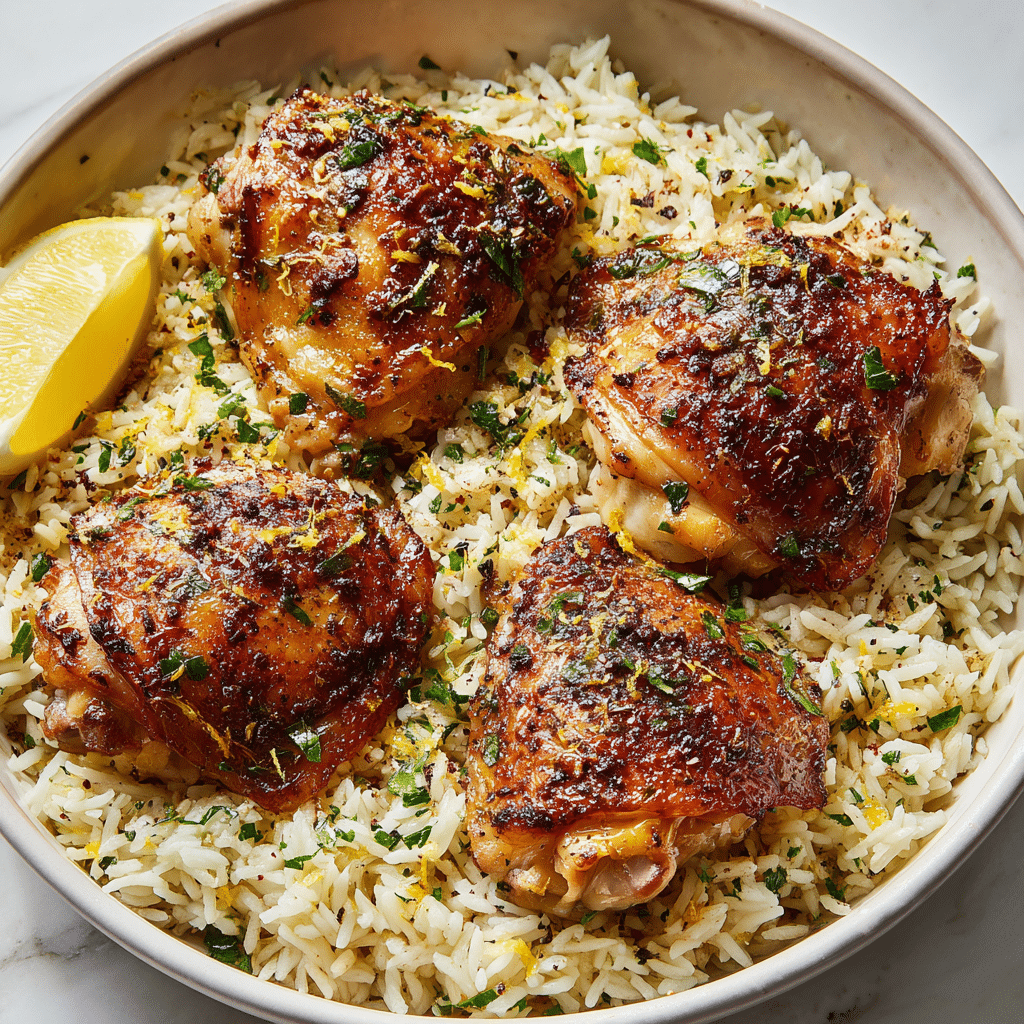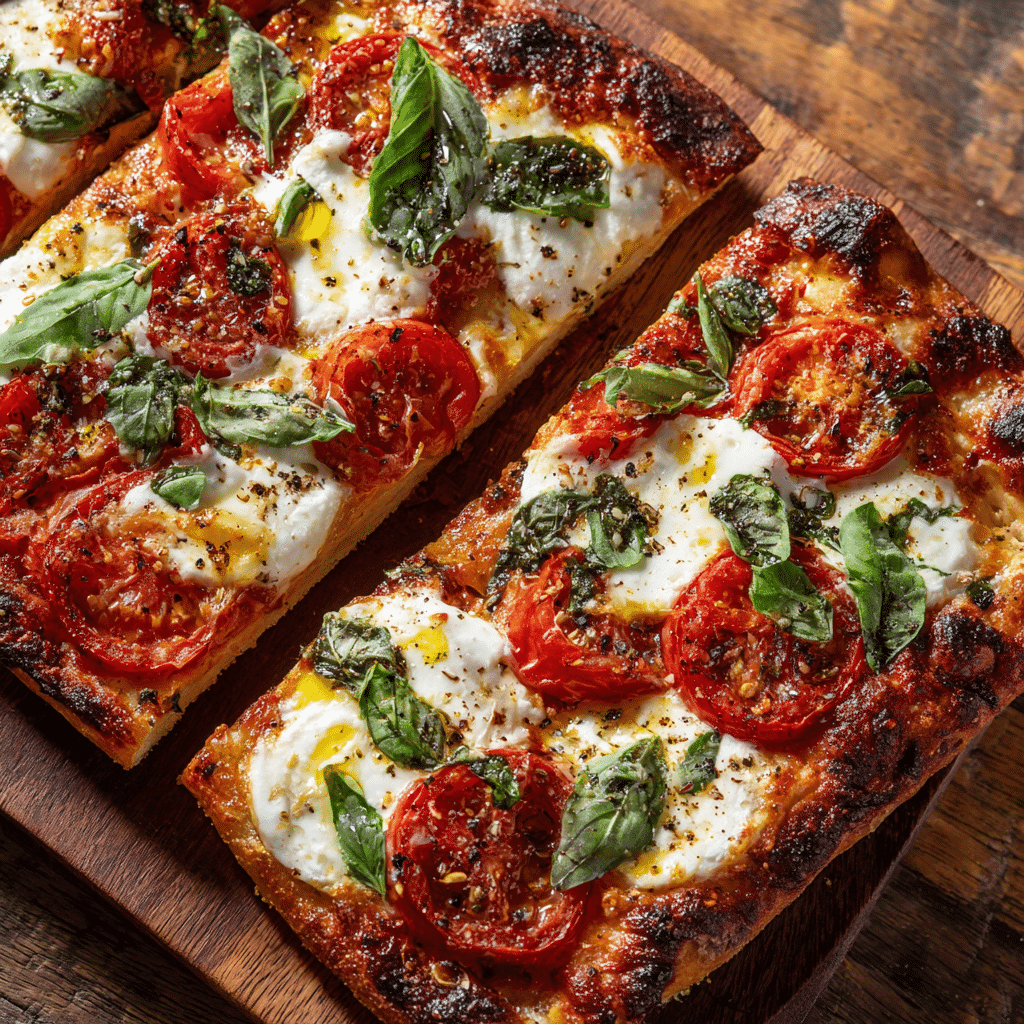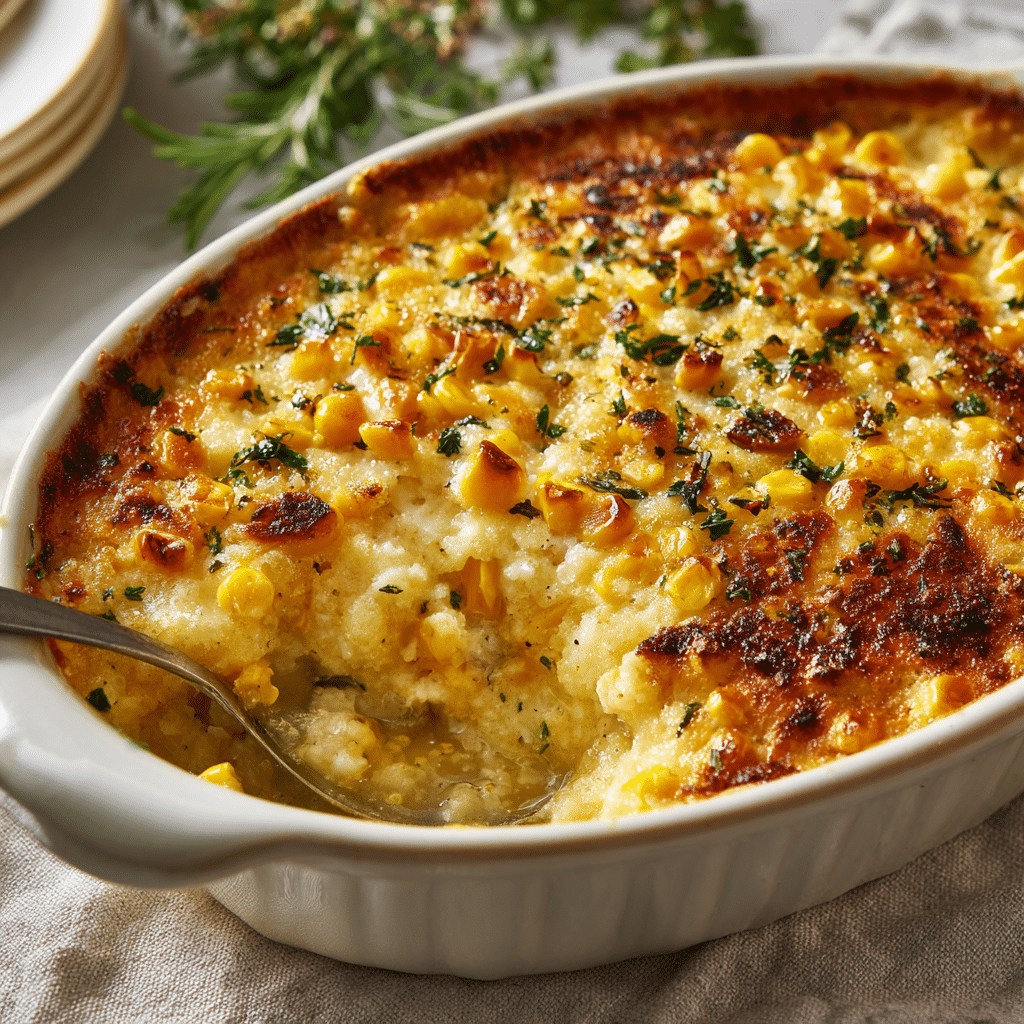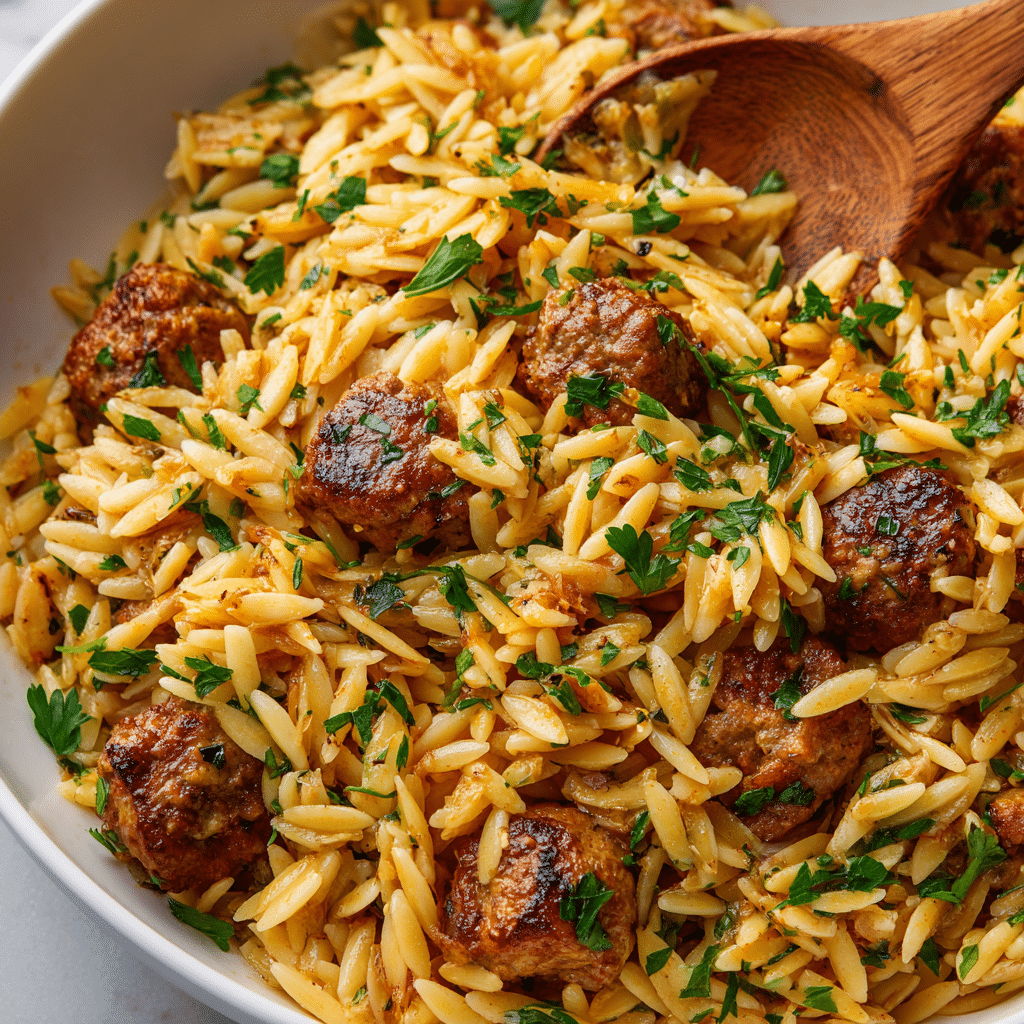In the world of pasta, farfalle stands out not just for its distinctive bowtie shape but also for its versatility in the kitchen. This article dives deep into the heart of farfalle pasta, exploring its origins, the best ways to select ingredients for your dishes, and, of course, providing you with an array of recipes that range from classic to innovative. Whether you’re a seasoned chef or a curious cook, this guide promises to enrich your culinary repertoire with dishes that are as delightful to the palate as they are to the eye. So, let’s embark on this gastronomic journey, shall we?
What is Farfalle Pasta?
Farfalle, often known as “bowtie pasta,” is more than just a pretty face in the world of pasta. Its unique shape isn’t just for show; it’s designed to hold onto sauces and ingredients like no other, making every bite a perfect harmony of flavors and textures. But, what’s the story behind this charming pasta?
The History and Origin of Farfalle
Tracing back to the 16th century in Northern Italy, farfalle has fluttered its way through centuries of Italian cooking traditions. It’s believed that the pasta’s shape was inspired by the fluttering wings of a butterfly, a nod to nature’s influence on culinary artistry. Over time, farfalle has become a beloved ingredient in kitchens around the globe, celebrated for its ability to adapt to a myriad of recipes.
Why Farfalle is a Versatile Pasta Choice
Here’s the scoop: farfalle isn’t just about looks. Its design allows for an exceptional culinary experience. The pasta’s edges cook to al dente perfection while the center provides a tender bite, creating a delightful textural contrast. Whether tossed in a light, olive oil-based dressing or smothered in a rich, creamy sauce, farfalle makes every dish a celebration.
So, why choose farfalle for your next pasta night? Well, for starters, its versatility means it’s a fantastic choice for everything from quick weeknight dinners to elaborate, festive meals. Plus, it’s a surefire way to impress your guests with your sophisticated taste in pasta shapes!
In the next sections, we’ll dive into selecting the best ingredients for your farfalle dishes, share a collection of recipes that showcase its versatility, and offer tips to elevate your pasta cooking game. Stay tuned, because this journey through the world of farfalle is just getting started, and trust me, you don’t want to miss out on the delicious details that lie ahead!
Selecting Ingredients for Farfalle Recipes
When it comes to creating mouthwatering farfalle dishes, the secret lies in selecting the right ingredients. Just like an artist chooses their paints, a cook must choose their ingredients with care and consideration. Let’s dive into how to pick the perfect components for your next pasta masterpiece.
Choosing the Right Farfalle Pasta
First things first, not all farfalle is created equal. When you’re at the store, look for pasta that has a rough texture. This little detail is crucial because it means the sauce will cling to the pasta better, ensuring each bite is as flavorful as possible. And, if you’re feeling adventurous, why not try whole wheat or gluten-free farfalle? These options can add a new dimension to your dishes and are great for accommodating different dietary needs.
Fresh vs. Dried Farfalle: What’s the Difference?
Now, you might be wondering, should I go for fresh or dried farfalle? Here’s the lowdown: fresh pasta is fantastic for lighter sauces or when you’re short on time, as it cooks quickly. Dried pasta, on the other hand, is ideal for heartier sauces and offers a delightful al dente texture. Both have their place in the kitchen, so why not experiment with both and see which you prefer for different recipes?
Selecting Ingredients for Farfalle Recipes
Ingredients for a Perfect Farfalle Dish:
- Farfalle Pasta: 1 pound
- Olive Oil: 2 tablespoons
- Garlic: 3 cloves, minced
- Cherry Tomatoes: 1 cup, halved
- Spinach: 2 cups, fresh
- Parmesan Cheese: ½ cup, grated
- Salt and Pepper: to taste
Diving into the world of farfalle recipes is like opening a treasure chest of culinary delights. Each dish offers a unique blend of flavors, textures, and colors, showcasing the versatility of this charming pasta. Let’s explore some classic recipes that have stood the test of time and continue to be favorites among pasta lovers.
Farfalle with Spinach, Mushrooms, and Caramelized Onions
This dish is a celebration of earthy flavors and creamy textures, making it a hit for any occasion. Here’s a quick rundown of what you’ll need:
- Farfalle pasta, cooked al dente
- Fresh spinach, for a touch of green
- Sautéed mushrooms, adding a meaty texture without the meat
- Caramelized onions, for a hint of sweetness
- A generous pour of Parmesan cream sauce, binding all the ingredients together in a symphony of flavors
Creamy Bacon Farfalle
For those who adore the combination of creamy and savory, this recipe is a dream come true. It features:
- Crisp bacon pieces, offering a smoky crunch
- A rich sauce made from cream cheese and ricotta, enveloping the farfalle in creamy goodness
- A sprinkle of fresh herbs, for a burst of flavor
Farfalle with Fresh Salmon
This recipe brings a light yet satisfying option to the table, perfect for those looking for a healthier pasta dish. It includes:
- Flaky, cooked salmon, providing a hearty yet light protein
- Cherry tomatoes and fresh herbs, adding freshness and color
- A drizzle of olive oil and lemon juice, for a simple dressing that enhances the natural flavors of the ingredients
Vegetarian and Vegan Options for Farfalle Dishes
Farfalle is incredibly accommodating to various dietary preferences, including vegetarian and vegan diets. For a plant-based twist, consider:
- Swapping out traditional cream sauces for cashew or almond-based alternatives
- Using vegan cheese as a topping or ingredient in sauces
- Incorporating a variety of vegetables like zucchini, bell peppers, and artichokes for added nutrition and flavor
Each of these recipes showcases the adaptability of farfalle, proving that it can be the star of the show in a wide range of dishes. Whether you’re in the mood for something creamy, savory, light, or plant-based, there’s a farfalle recipe out there for you.
In the next part, we’ll push the boundaries of traditional pasta dishes and explore innovative ways to enjoy farfalle. From modern twists on classic recipes to entirely new creations, get ready to be inspired and perhaps find your new favorite pasta dish. Stay tuned, because the culinary adventure is just getting started!
Innovative Farfalle Recipes
As we continue our culinary journey, it’s time to explore the innovative side of farfalle pasta. These recipes break the mold, introducing fresh ideas and combinations that will invigorate your pasta nights and impress even the most discerning palates. Let’s dive into some creative dishes that will redefine your concept of what farfalle can be.
Instant Pot Beef and Bowtie Pasta
The Instant Pot has revolutionized the way we cook, offering speed and convenience without sacrificing flavor. This recipe combines the hearty richness of beef with the playful shape of recipe , all cooked in record time. Ingredients include:
- Ground beef for a meaty base
- A mix of diced tomatoes and beef broth, creating a savory sauce
- Farfalle pasta, perfectly cooked in the flavorful liquid
- A sprinkle of cheese and herbs for garnish
This dish proves that gourmet doesn’t have to mean slow-cooked. In less than 30 minutes, you can serve a meal that tastes like it’s been simmering for hours.
Grilled Chicken and Pesto Farfalle
Pesto and farfalle are a match made in heaven, offering a light yet flavorful option for pasta lovers. This recipe elevates the classic combination with:
- Grilled chicken, adding a smoky depth to the dish
- Homemade or store-bought pesto, rich in basil and Parmesan flavors
- Cherry tomatoes and fresh basil for a pop of color and freshness
It’s a testament to how simple ingredients, when combined thoughtfully, can create a dish that’s both easy to make and hard to forget.
Vegan Bow Tie Pasta in Light Bolognese Sauce
Who says Bolognese has to be meat-based? This vegan version of the classic sauce pairs beautifully with recipe , offering a plant-based alternative that doesn’t skimp on flavor. Key ingredients include:
- Lentils or vegan crumbles as a meat substitute
- A rich tomato sauce infused with herbs and spices
- Nutritional yeast or vegan Parmesan, adding a cheesy flavor without the dairy
It’s a wonderful example of how traditional dishes can be adapted to suit modern dietary preferences, ensuring everyone can enjoy the timeless joy of pasta.
Mediterranean Pasta Salad with Farfalle
Perfect for picnics or light lunches, this pasta salad brings the vibrant flavors of the Mediterranean to your table. Featuring:
- Farfalle pasta, cooked and cooled
- A colorful mix of cucumbers, tomatoes, olives, and feta cheese
- A zesty dressing of olive oil, lemon juice, and herbs
This dish is a celebration of fresh ingredients and bright flavors, proving that pasta salads can be both nutritious and delicious.
These innovative recipe recipes showcase the pasta’s versatility, proving that it can be the foundation for a wide range of culinary creations. From quick and easy weeknight meals to dishes that cater to specific dietary needs, farfalle is a pasta that can do it all.
In the next part, we’ll share some essential cooking techniques and tips to help you achieve perfect recipe dishes every time. Whether you’re a seasoned chef or just starting out in the kitchen, these insights will elevate your pasta game to new heights. Stay tuned!
Cooking Techniques and Tips
Mastering the art of cooking farfalle pasta is akin to unlocking a new level in your culinary skills. This versatile pasta, with its delightful shape and texture, can elevate any dish when cooked correctly. Here, we’ll delve into some essential techniques and tips that will ensure your farfalle dishes are not just good, but great. Let’s get into the nitty-gritty of cooking farfalle to perfection.
Achieving Perfectly Cooked Farfalle
The quest for perfectly cooked pasta, or “al dente” as the Italians say, is one every pasta lover aspires to. Here’s how to nail it every time with farfalle:
- Boiling Water: Start with a large pot of salted boiling water. The salt enhances the pasta’s flavor, and plenty of water allows the recipe to move freely, preventing sticking.
- Stirring: Give your pasta a good stir after adding it to the boiling water. This initial stir is crucial to prevent the recipe from clumping together.
- Timing: Follow the package instructions but start tasting a couple of minutes before the recommended time. You’re aiming for a firm texture, not mushy.
- Reserving Pasta Water: Before draining, save a cup of the pasta water. Its starchy goodness is perfect for adjusting the consistency of your sauce.
Sauce Pairings and Flavor Combinations
Farfalle serves as a wonderful canvas for a myriad of sauce pairings and flavor combinations. Here are some tips to match your farfalle with the perfect accompaniments:
- Creamy Sauces: Thanks to its surface area, farfalle holds onto creamy sauces beautifully. A classic Alfredo or a rich cheese sauce clings to the folds and crevices, ensuring a perfect bite every time.
- Olive Oil-Based Dressings: For a lighter option, toss your farfalle in a simple mixture of high-quality olive oil, fresh herbs, and garlic. It’s an easy yet flavorful way to dress up your pasta.
- Vegetable Tosses: The bowtie shape of recipe is excellent for catching bits of vegetables. Try it with sautéed spinach, mushrooms, and cherry tomatoes for a delightful veggie-packed dish.
Tips for Making Ahead and Storing
Farfalle, like most pastas, can be a great make-ahead option for busy days. Here’s how to keep it fresh and tasty:
- Cooling: If you’re not serving the farfalle immediately, rinse it under cold water after draining. This stops the cooking process and prevents it from becoming soggy.
- Storing: Toss the cooled pasta with a little olive oil before storing it in the fridge. This keeps it from sticking together.
- Reheating: To revive refrigerated farfalle, quickly toss it in a hot pan with a bit of water or sauce. It’ll be as good as new!
With these techniques and tips in your culinary toolkit, you’re well on your way to creating farfalle dishes that are sure to impress. Remember, cooking is as much about the journey as it is about the destination. So, experiment, adjust, and most importantly, enjoy the process.
In the next part, we’ll tackle some frequently asked questions about farfalle pasta, shedding light on common queries and offering expert advice to enhance your pasta-making experience. Stay tuned for invaluable insights that will further refine your pasta prowess!
Frequently Asked Questions
When it comes to cooking farfalle pasta, several questions often crop up, from the best ways to prevent it from sticking together to incorporating it into quick and easy meals. Let’s dive into some of the most common queries and shed light on these pasta perplexities.
Can Farfalle Pasta Be Used in Cold Pasta Salads?
Absolutely! Farfalle is an excellent choice for cold pasta salads. Its shape not only adds a visual appeal but also ensures that every nook and cranny captures the dressing, making every bite flavorful. Just remember to cook the farfalle until it’s al dente, rinse under cold water to stop the cooking process, and then toss it with your favorite salad ingredients and dressing.
How Do You Prevent Farfalle From Sticking Together?
Preventing recipe from sticking is easier than you might think. Here are a few tips:
- Stir: Give the pasta a good stir immediately after adding it to boiling water. This initial movement helps prevent sticking.
- Boil in Plenty of Water: Using a large pot with plenty of water allows the recipe to move freely, reducing the chances of clumping.
- Rinse for Cold Dishes: If you’re preparing a cold pasta dish, rinsing the cooked farfalle under cold water can help remove excess starch and prevent sticking. For hot dishes, tossing the pasta with sauce right after cooking utilizes the starch to help the sauce adhere better.
What Are Some Quick and Easy Farfalle Recipes for Weeknight Dinners?
recipe is perfect for those nights when you need something delicious but don’t have a lot of time. Here are a couple of quick ideas:
- Farfalle with Cherry Tomatoes and Basil: Toss cooked farfalle with halved cherry tomatoes, fresh basil, garlic, olive oil, and a sprinkle of Parmesan cheese for a fresh and easy meal.
- Creamy Mushroom Farfalle: Sauté mushrooms and garlic in butter, add a splash of cream, and toss with cooked farfalle. Finish with parsley and Parmesan for a comforting dish that’s ready in no time.
These FAQs highlight just how versatile and user-friendly farfalle pasta can be, making it a staple for any home cook. Whether you’re whipping up a quick weeknight dinner or prepping for a lavish meal, farfalle offers endless possibilities to explore and enjoy.
In our next and final part, we’ll delve into the nutritional information and health benefits of farfalle pasta. Understanding what goes into your pasta can help you make informed choices about incorporating it into a balanced diet. Stay tuned for insights that will not only nourish your body but also satisfy your pasta cravings!
